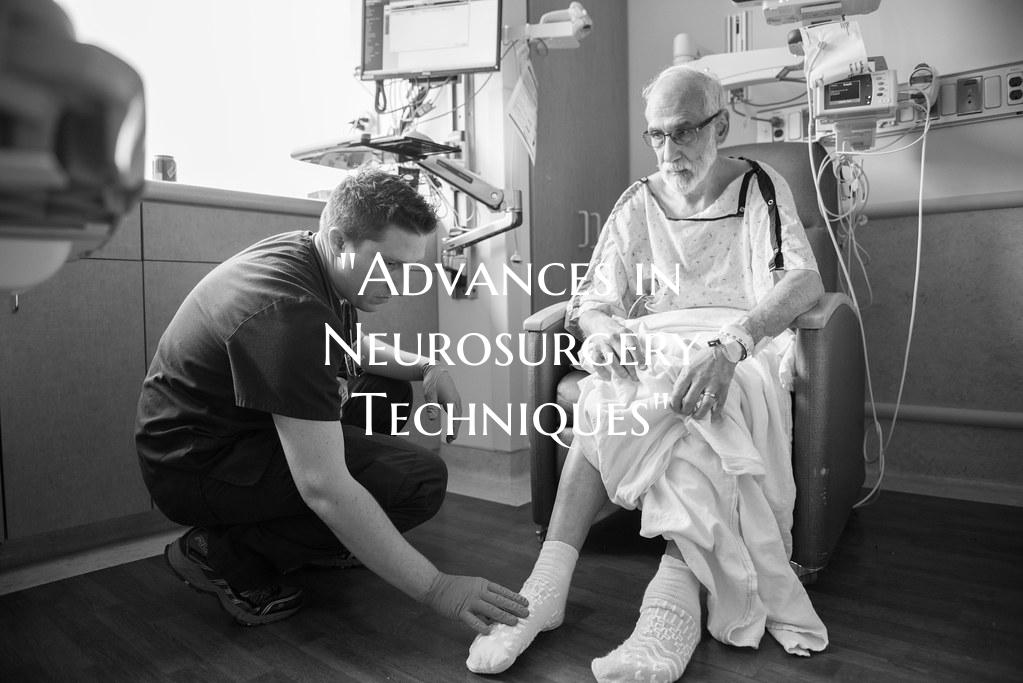
"Advances in Neurosurgery Techniques"
Advances in Neurosurgery Techniques
Neurosurgery, a specialized branch of surgery focused on treating conditions affecting the brain, spinal cord, and nervous system, has witnessed significant advancements in recent years. These innovations in neurosurgery techniques have revolutionized the field, leading to improved patient outcomes, reduced risks, and enhanced precision in surgical interventions.
One of the key advancements in neurosurgery techniques is the development of minimally invasive procedures. Minimally invasive neurosurgery involves using small incisions and specialized instruments to access and treat brain and spinal conditions. Compared to traditional open surgery, minimally invasive techniques result in shorter recovery times, reduced risk of complications, and improved cosmetic outcomes for patients.
Furthermore, the integration of advanced imaging technologies such as MRI, CT scans, and intraoperative neuro-navigation systems has greatly enhanced the accuracy and efficacy of neurosurgical procedures. Surgeons can now visualize the intricate structures of the brain and spine in real-time, allowing for precise localization of tumors, lesions, and other abnormalities during surgery.
Robotic-assisted neurosurgery is another groundbreaking advancement that has transformed the field. Robots equipped with high-definition cameras and robotic arms can assist surgeons in performing delicate procedures with unmatched precision and dexterity. Robotic platforms have been used in a wide range of neurosurgical procedures, including tumor resections, spinal fusions, and deep brain stimulation surgeries.
Additionally, advances in neurostimulation techniques, such as deep brain stimulation (DBS) and spinal cord stimulation (SCS), have provided new treatment options for patients with neurological disorders like Parkinson's disease, epilepsy, and chronic pain. These cutting-edge technologies involve implanting electrodes in specific areas of the brain or spinal cord to modulate abnormal electrical signals, thereby alleviating symptoms and improving quality of life.
Overall, the continuous evolution of neurosurgery techniques holds great promise for patients living with complex neurological conditions. By embracing innovation and leveraging the latest technologies, neurosurgeons can deliver safer, more effective treatments and ultimately enhance the standard of care in the field of neurosurgery.